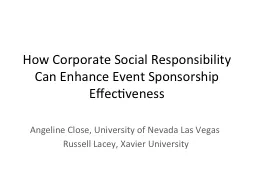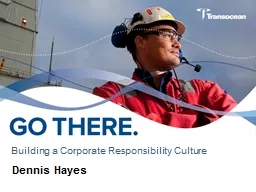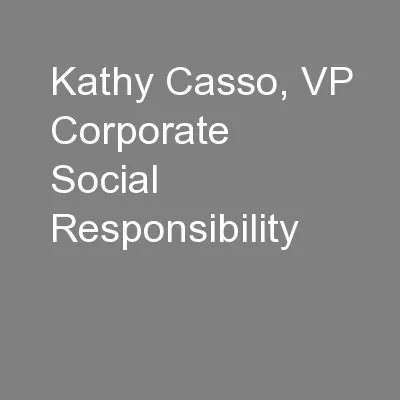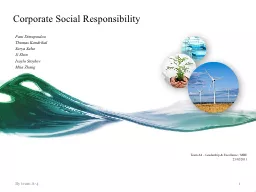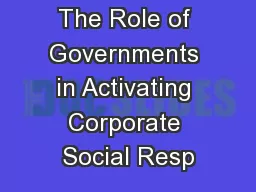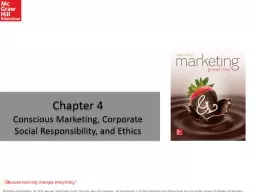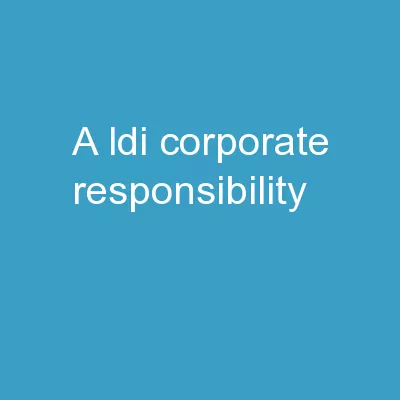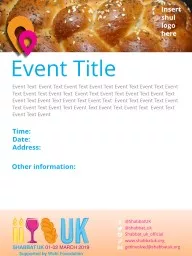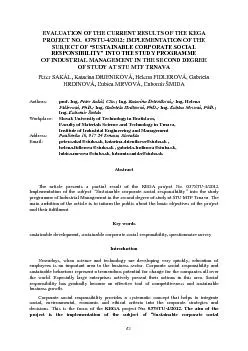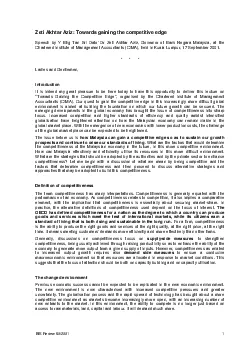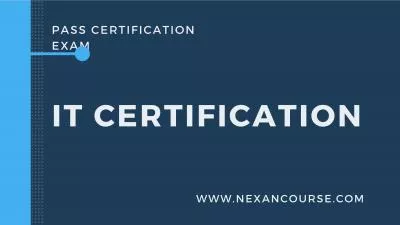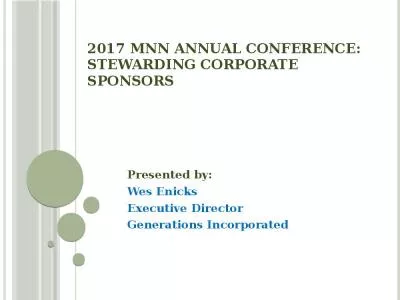PPT-How Corporate Social Responsibility Can Enhance Event Spons
Author : test | Published Date : 2016-07-18
Angeline Close University of Nevada Las Vegas Russell Lacey Xavier University Shell Houston Open Major PGA Event WedSunday Event Measurement Multi Million Dollar
Presentation Embed Code
Download Presentation
Download Presentation The PPT/PDF document "How Corporate Social Responsibility Can ..." is the property of its rightful owner. Permission is granted to download and print the materials on this website for personal, non-commercial use only, and to display it on your personal computer provided you do not modify the materials and that you retain all copyright notices contained in the materials. By downloading content from our website, you accept the terms of this agreement.
How Corporate Social Responsibility Can Enhance Event Spons: Transcript
Download Rules Of Document
"How Corporate Social Responsibility Can Enhance Event Spons"The content belongs to its owner. You may download and print it for personal use, without modification, and keep all copyright notices. By downloading, you agree to these terms.
Related Documents

